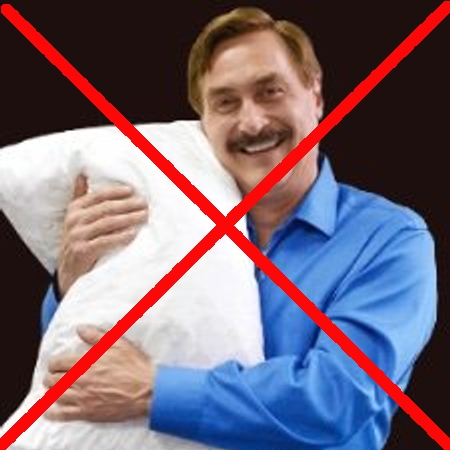Pushback: Blacklisted doctors opposed to present Biden/CDC/FDA policies testify to Congress
Do not comply: A large group of highly qualified doctors and nurses, almost all of whom have been blacklisted, fired, suspended, or prevented from treating patients simply because either they opposed the COVID shot mandates or wished to treat their patients as they saw fit, testified on January 24, 2022 in Congress, describing in horrible detail the many times they were forced to watch as their patients died because their hospitals had forbidden them from providing the treatments they knew would work.
Below is a 38 minute-long video showing the most dramatic testimony during the five hour hearing. If you want to watch the full hearing, go here.
» Read more
Do not comply: A large group of highly qualified doctors and nurses, almost all of whom have been blacklisted, fired, suspended, or prevented from treating patients simply because either they opposed the COVID shot mandates or wished to treat their patients as they saw fit, testified on January 24, 2022 in Congress, describing in horrible detail the many times they were forced to watch as their patients died because their hospitals had forbidden them from providing the treatments they knew would work.
Below is a 38 minute-long video showing the most dramatic testimony during the five hour hearing. If you want to watch the full hearing, go here.
» Read more





